The Apple iPhone 6s and iPhone 6s Plus Review
by Ryan Smith & Joshua Ho on November 2, 2015 8:00 AM EST- Posted in
- Smartphones
- Apple
- Mobile
- SoCs
- iPhone 6s
- iPhone 6s Plus
Final Words
The iPhone 6s in a lot of ways seems like it’s simple enough to review, but it turns out if you dig deep the changes have been significant. Over the course of a review, we’ve found major changes in the SoC, storage solution, camera, touch screen, fingerprint scanner, voice recognition software, cellular architecture, and WiFi chipset.
On the SoC side, it’s pretty safe to say that the A9 SoC is the best SoC in any phone today. We can talk about the TSMC and Samsung controversy, but at the end of the day regardless of which one you end up with the performance is going to be far and away better than anything else we’ve seen thus far. There are a lot of reasons for this, but at the end of the all that really matters is that the phone delivers the best user experience in areas where GPU or CPU performance is a gating factor. Again, I keep coming back to web browsing but due to the nature of wasteful yet necessary abstraction that occurs in websites and web applications it’s incredibly important that a high-end phone starts to challenge 2-in-1 and passively-cooled laptops in burst performance for a good user experience.
While CPU and strong browser optimization is critical for good web browsing performance, GPU is the other half of the equation to this SoC, even if it isn’t necessarily used to the fullest extent. The reality is that a high end phone is going to be used for gaming by a lot of people, and at the high-end gaming performance really needs to be impressive. The iPhone 6s’ are going to do well at this. GFXBench isn’t the same thing as an actual game, but the fact that the iPhone 6s and 6s Plus are basically pegging T-Rex at the maximum possible frame rate for most of a 3-4 hour infinite run of this intense benchmark basically means that gaming on the iPhone is going to be the best possible experience due to its incredibly high unthrottled GPU performance and the length of time that it’s able to sustain that unthrottled GPU performance. No other SoC I've tested this year can sustain this level of performance for this level of time.
The other truly impressive aspect of the iPhone 6s’ this generation is the storage solution. The iPhone’s storage solution here is ahead of everything else in the industry for three clear reasons. The first is the use of more advanced NAND organization. Although TLC NAND alone is going to be clearly worse for performance than SLC or MLC NAND, the iPhone 6s’ use SLC caching in conjunction with TLC NAND to improve storage performance in the situations that matter. The second is the use of PCI-Express to enable much higher bandwidths, which means that the SLC cache can really stretch its legs to reach the high levels of bandwidth that it’s capable of. The third is the use of a custom storage controller with NVM Express, which helps to realize the full benefits of PCI-Express. Overall, all of these things come together to make noticeable differences in user experience. Probably the most obvious example here would be iCloud backup and restore, along with app installs and updates. Burst photography and camera speed are also improved as a result of better storage.
The next upgrade worth discussing in the iPhone 6s lineup is the camera. The move to a 12MP rear camera was something that I personally was at least mildly skeptical of, but after testing the camera for myself I’m firmly convinced that Apple has managed to move to 12MP without noticeable degradation. The camera may not be sharper in most scenes, but the extra pixels enable 4K video recording, and it seems that this generation the improvements to video recording quality are enormous. On both iPhone 6s’, the addition of 4K video recording without random recording limitations, loss of image stabilization, or rapid overheating is surprisingly rare given the number of phones that support 4K video recording. The addition of 1080p120 slow motion video only magnifies just how far ahead Apple is in this segment when compared to Android smartphones. The iPhone 6s Plus also carries the rare distinction of having active OIS in video recording without the associated problems with jerky OIS behavior. The one disappointment here is that the iPhone 6s doesn’t have OIS, which increasingly feels like a pretty significant differentiator. Live Photos are also cool, even if at this point it remains to be seen if it will gain traction in the market.
The addition of 3D Touch to the iPhone 6s is probably something that seems like a gimmick on the surface, but after enough time with the iPhone 6s’ I can confidently say that this is probably one of the bigger changes to user interfaces in years. As-is, Apple has already managed to eliminate a lot of the friction that normally occurs with smartphone interaction when attempting to preview content without losing focus. However, going forward I can see significant changes in how people will interact with their phones. This isn’t really a revolution in the same way that the original iPhone is, but it’s a critical evolution step in the same way high-DPI displays were. I don’t think anyone is going to suffer greatly because their phone doesn’t have pressure sensitivity, but once you have this feature it’s hard to go back.
The second generation of TouchID isn’t quite as life-changing, but it’s a welcome improvement nonetheless. Again, this is a case where there was friction in the user experience that wasn’t really noticeable until it was gone. Obviously, Apple is no longer the only one at this level of user experience with fingerprint scanners but they are keeping up. The addition of always-on Siri is similar to TouchID in that regard, as while it isn’t life-changing it is a welcome improvement. The amount of polish in the personalized voice recognition is also impressive to see in action, and something that isn’t necessarily present in every implementation of always-on voice recognition that I’ve seen.
The sort of finishing touches to the iPhone 6s are the improvements to the cellular modem and WiFi chipset. The upgrade to Qualcomm’s MDM9x35 Gobi modem helps to improve power efficiency along with moving the iPhone 6s to UE Category 6 compatibility for LTE. The move to Broadcom’s BCM4350 WiFi/BT combo chipset enables 2x2 802.11ac, which means better range and throughput for routers that support MIMO.
Overall, after spending all this time with the iPhone 6s I can’t find anything really wrong with this phone. On the contrary, the A9 SoC is a huge jump in performance even relative to other SoCs on the same process node to give impressive application performance. The storage solution is unlike anything else in mobile that I’ve seen so far. The camera’s overall user experience is just about the best that you can get on the market. 3D Touch is a big improvement in user experience, while TouchID v2 and always-on Siri are worthwhile improvements in user experience. The only real issues I can think of are that the iPhone 6s doesn’t have OIS and that the base SKU is still 16GB of storage. To be fair, the 16GB SKU can become a noticeable user experience issue if you're constantly dealing with the limits of this storage, and the jump from 16 to 64 GB feels like it's simply designed to encourage buying a more expensive SKU. There are arguments that users that don't really take a ton of photos or videos and stream all their media will be fine, but it's still a user experience problem in this day and age. However, despite these issues I would argue that the iPhone 6s’ are the best phones you can buy today.
Of course, this sounds like a rather hollow recommendation to those that have followed our reviews for the past year. This year, more than ever it feels like Android smartphones at the high end have stood still, as if smartphone improvements have become a zero sum game. To make the best phone this year is therefore a pretty low bar to clear. However, the iPhone 6s, even when compared to iPhones alone, is especially noteworthy for the improvements to overall user experience.
On top of being a great smartphone in the same vein as previous smartphones, the addition of 3D Touch is a big deal. The idea of having additional interactions on top of a traditional touch screen is not a new idea. Samsung has tried the same before with Air View. However, what matters here is that the implementation is novel and useful in a way that other implementations weren't. 3D Touch manages to work because there's no need to hover a finger over a single link for half a second and rather than a single potential extra action there are a whole range of potential additional interactions that can be pressure-based. Zooming in and out on a browser could be done by pressure to greatly improve the user experience on desktop-only websites instead of constantly pinching in and out to read various parts of the page. AE/AF locking through increased pressure rather than a long press, more sophisticated gaming controls, and other applications have yet to be realized, but just the ability to preview web pages, messages, emails, and other content is a significant change in how I use a phone from day to day. Instead of constantly tapping and then immediately swiping back on emails and messages, it's much faster and more convenient to quickly press down on a single email to preview the first paragraph or so before moving on to the next just by letting go of the display. OEMs and SoC vendors often speak in platitudes about how user experience matters but 3D Touch is probably the first case where the user experience is visibly improved in a very real way.

In light of these factors, I would give the iPhone 6s line the Editors’ Choice Gold award. Looking back on the phone that has received this award in the past, I believe that the criteria for this award is such that a product is not only one of the best in its category and an extremely good product in a vacuum, but pushes the smartphone user experience forward in significant ways. The iPhone 6s isn't a perfect phone, but to receive the second highest award I don't believe it's necessary to make a "perfect" phone. There are areas that could be improved, but nothing that I believe is a significant detriment to the phone.


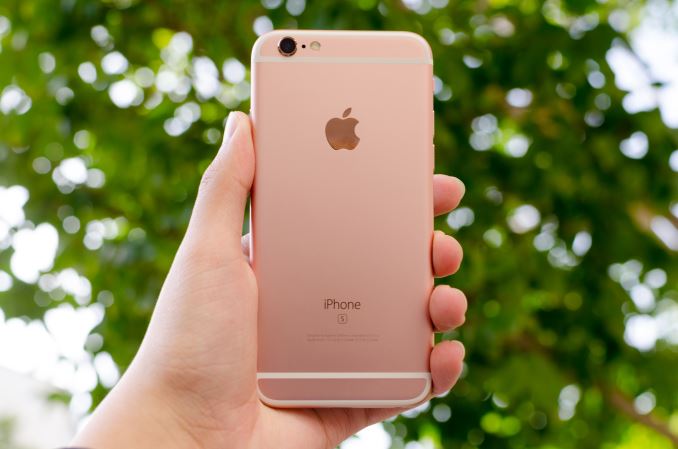
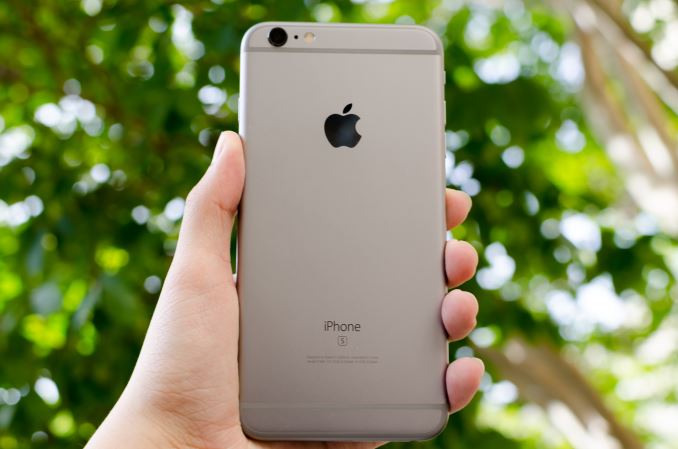
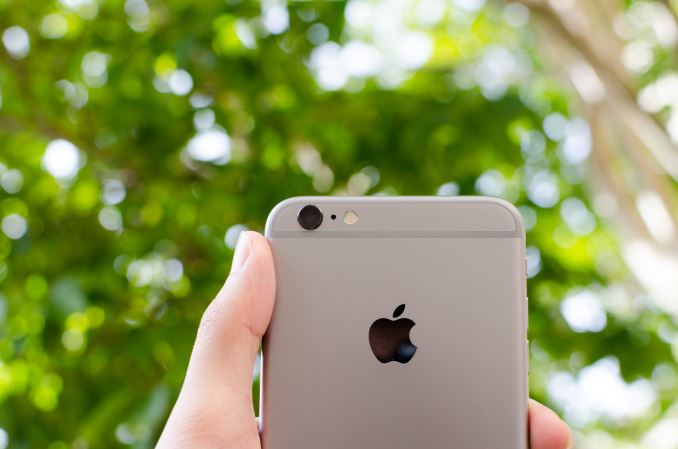
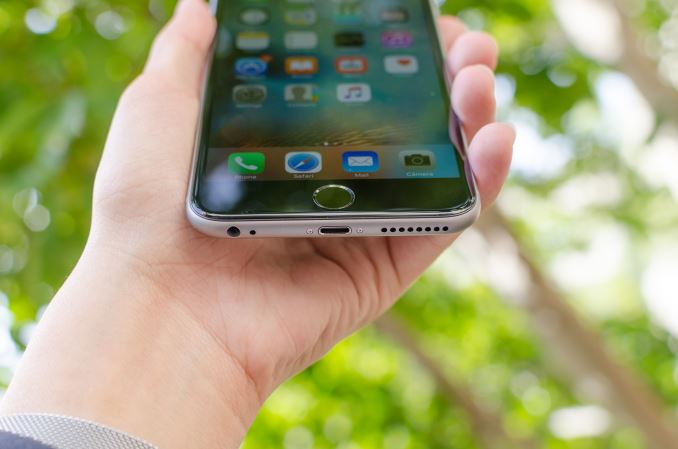
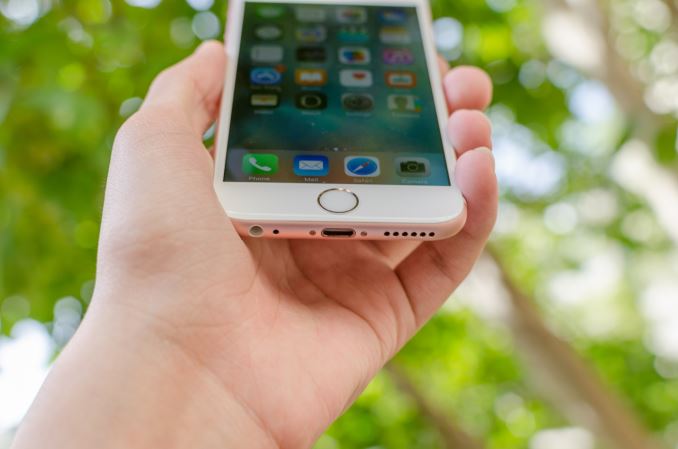
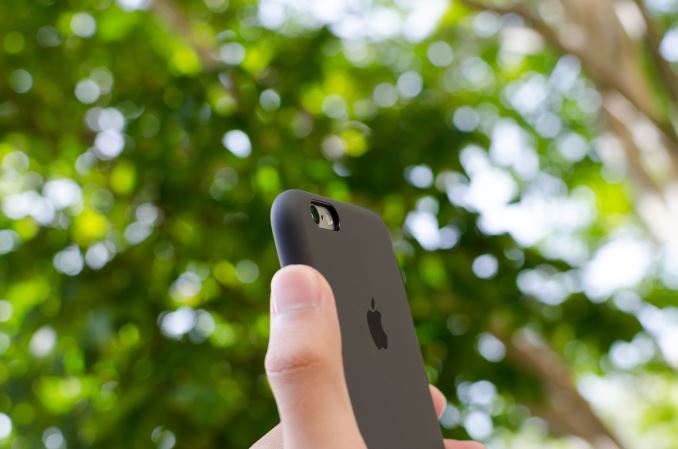
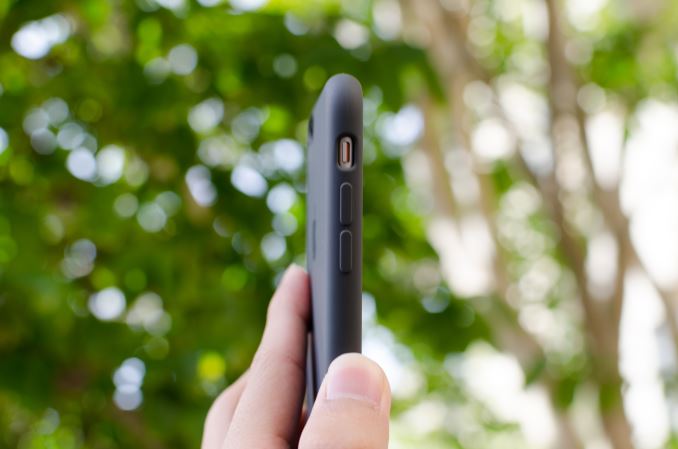








531 Comments
View All Comments
TitaniK - Friday, November 13, 2015 - link
I used to be so pro android and have tried all main phones on the market; Samsung 3&4, note3,4, htc one m7, nexus 4. I need my phone constantly mainly for business as well as pleasure and at the end, i surrendered to Apple product; so reliable, fast and just clean. It's just a well tuned machine. I compare it this way; android is the NASCAR of mobile devices where Apple is Formula 1. Cars go very fast in both organizations but the Formula 1 machines are simply finer tuned and polished machines.10basetom - Sunday, November 8, 2015 - link
Even though my last two phones have been Androids, I would have to agree with the reviewer's assessment that Android phones have been, more or less, a zero sum game. You can call me jaded, but there's not a single Android phone in the past year that has gotten me truly excited, maybe with the exception of potentially cheaper (relative to YotaPhone 2) dual screen phones coming out of China that would change how you use a phone on a daily basis. PDAF, laser autofocus, and RAW support are nice specs to have for a limited group of photography aficionados, but I don't consider them real innovation in the overall user experience department. Most consumers (i.e., non-geeks) who use phones to take everyday photos will not notice -- or even care -- whether their phone has PDAF or not; and for people who want to take frameable photos, they would probably do so with a tripod and DLSR rather than a mobile phone. Besides, the cameras in the iPhone 6s' are nothing to laugh at.When I think of progress in mobile OS usability, it would have to be something that gives the end user more pleasure in using it, or increase their productivity in a measurable way (e.g., less time in doing something, fewer taps). Maybe I've just been using Android for too long, but there is nothing in Lollipop or what I've seen of Marshmallow that makes me stop and silently shout "damn, that is impressive!". Sure, the interface is a little more streamlined with enhanced jazzy animations (that I turn off anyway to improve performance), and some new iterative features sprinkled here and there, but nothing revolutionary. It's unfortunate that most Android phone manufacturers build a custom skin on top that more often than not makes the phone less usable and more buggy, and also more confusing when you move from one Android phone to the next.
The WinCE-based Neno OS that introduced a 100% swipable interface and weaned people off the stylus two years before the original iPhone -- that's way into revolutionary territory. The pulley menu system in Sailfish OS -- now that's something refreshing. It may not be everybody's cup of tea, but at least they are trying something different, and when you do get used to it, it really does improve one-handed usability. The 3D Touch interface in the new iPhones? Now that's bordering on revolutionary. Again, it may not seem apparent when you first use it, but after living with it for an extended period of time until it becomes habit, you would be hard-pressed to go back to a mobile phone without a pressure-sensitive touch layer. The exciting thing is that we are just scratching the surface of what 3D Touch can bring; and the module could be made thinner and lighter so that future iPhones won't get such a large weight bump.
Other than the superior A9 SoC which has already been widely discussed, the other big thing for me that Android phones have been dropping the ball on is storage architecture. Whereas most Android phones are still advertising eMMC 5.0 storage solutions, the iPhone 6s' have moved way beyond that. Samsung's move to UFS 2.0 is a step in the right direction, and I hope all other Android phone manufacturers will follow suit soon.
dusszz - Monday, November 30, 2015 - link
I've been a long time android user seriously thinking of switching to iphone. Android OS in general is not meant for high end devices because prior to nexus 6p, android is designed for nexus phone which is not a high end devices. The high end iteration of android as in galaxy s6/note 5 with skins feel fragmented and does not really in line with what google intended (material design). Sure they add features with that but it felt like they (high end oem) trying too hard to compete. I always feel the best android devices must come from nexus line but then it does not quite there at least just yet. Every innovation in android OS always feel like it is in beta because the implementation more for marketing rather than useful. For example, nexus 5 has OIS since 2013 but does not feel it has advantage over other phone that has EIS. Furthermore, decision google made to ditch OIS (nexus 6p/5x) further clarify it. I personally never have android phone for more than a year without feeling outdated in term of hardware. So if you think you buy $500 android phone thinking it can compete with iphone, its going to be disappointing. Android is at its best being a midranger.hans_ober - Monday, November 2, 2015 - link
at last!vFunct - Monday, November 2, 2015 - link
I wish he took proper photo tests.Tip: when testing cameras, do make sure to take photos of people. Don't take photos of brick walls.
You're going to find that most people take photos of people with their phones - at parties, selfies, etc..
A good camera test always includes people shots.
vFunct - Monday, November 2, 2015 - link
Basically you're looking for skin-tone reproduction quality.Klug4Pres - Monday, November 2, 2015 - link
I wonder if next year the Home button will disappear, which would help a lot with the bezeltastic design.zeeBomb - Monday, November 2, 2015 - link
That username...lol.I dunno man, the home button is the staple of iPhone Design since the very original. Might be pretty controversial if you'd ask me.
KoolAidMan1 - Tuesday, November 3, 2015 - link
The fingerprint reader is another big reason. If they can get it to be as fast and accurate as it is right now while reducing home button size then I can see them reducing the bottom bezel.Otherwise you're looking at making their fingerprint reader as flaky and undependable as Samsung or everyone else's
Tetracycloide - Tuesday, November 3, 2015 - link
The nexus 5x has been super solid.